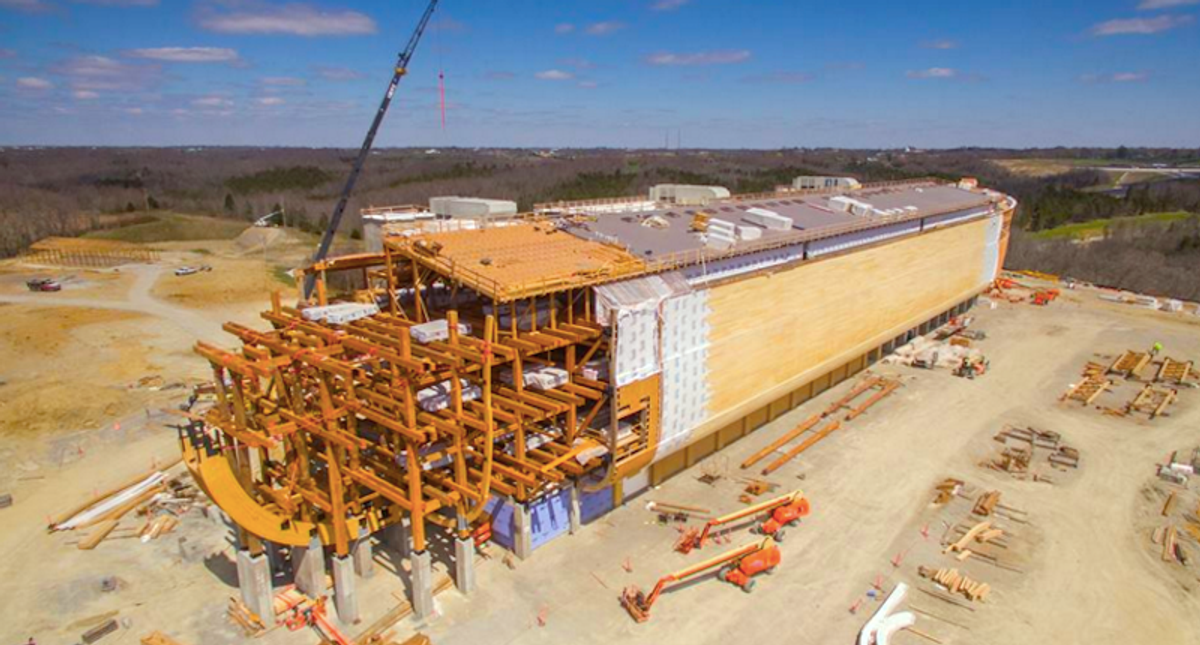And you know something is happening here
But ya' don't know what it is
Do you, Mister Jones?
— Bob Dylan, Ballad of a Thin Man
Sometime in the past year, this tiny planet we live on in an obscure corner of our Milky Way galaxy went through some sort of tipping point, a “state change” of sorts, and now things are different from how they’ve been at any other time in the 300,000 year history of the human race.
Nobody knows for sure what that change or tipping point is.
— One theory is that variations in dust concentrations in the Northern Hemisphere’s atmosphere — a function of the temperature of the Atlantic Ocean allowing more or less fine dirt to be picked up and carried aloft from northern Africa — are changing the reflectivity of the atmosphere and trapping more of the sun’s heat.
— Another theory follows the January, 2022 eruption of the volcano at Hunga Tonga–Hunga Ha’apai, which injected so much water vapor (146 million tons) and sulfur dioxide (420,000 tons) into the stratosphere that scientists were predicting soon after it happened that there would be a year or two of unusual heat signatures across the planet.
— And, of course, the current El Niño ocean pattern appears to be drawing heat from the ocean up to the surface where it’s transferred to the atmosphere in unprecedented amounts.
But regardless of the why/how, something has definitely happened in the past year or so that has pushed our atmosphere’s state of equilibrium out of an older, stable range and into a newer, warmer, and apparently far less stable state.
It’s so dramatic and so shocking that scientists — typically not prone to hyperbole — publishing in the peer-reviewed journal BioScience about this anomaly open their article with:
“Life on planet Earth is under siege. We are now in an uncharted territory.
“For several decades, scientists have consistently warned of a future marked by extreme climatic conditions because of escalating global temperatures caused by ongoing human activities that release harmful greenhouse gasses into the atmosphere.
“Unfortunately, time is up. We are seeing the manifestation of those predictions as an alarming and unprecedented succession of climate records are broken, causing profoundly distressing scenes of suffering to unfold. We are entering an unfamiliar domain regarding our climate crisis, a situation no one has ever witnessed firsthand in the history of humanity.”
Looking at 35 different “vital signs” that signal the health of our planet and its atmosphere, 20 of which have deviated from their norms so badly as to alarm researchers, the scientists who wrote for BioScience warn us all:
“We are venturing into uncharted climate territory.”
In just the past 24 hours, a tropical storm that nobody thought was a threat blew up into a full-on Category 5 hurricane and is, as you’re reading these words, devastating Acapulco. Not one weather agency predicted it: this is how unpredictable and violent our weather has become because we’re still burning fossil fuels.
While wind and solar power grew 17 percent worldwide between 2021 and 2022, and both are now cheaper that any unsubsidized fossil fuels, humanity is still using fossil fuels at a 15:1 ratio against renewables. Life on earth won’t be safe until those numbers are reversed.
Our forests worldwide are not only under assault from loggers and poachers; climate change has now altered their environment enough that hundreds of millions of acres of trees are suffering from beetle infestations, drought, dieback, and forest fires. While the world needs to reverse the trend toward deforestation by 2030 (we’re currently losing around 22 million hectares of forest and jungle a year), we’re still a long way away from that goal.
All over the planet glaciers are in retreat, as are the ice shelves and glaciers covering Greenland and Antarctica. Coral reefs are bleaching and dying, and fish and marine mammal species are undergoing radical shifts in their habitat and range as waters warm, driving most ambulatory animals toward the north and south poles.
Deadly storms, derechos, flash flooding, bomb cyclones, rapidly-forming hurricanes, severe/damaging hail, tornadoes in areas that had never before seen them: all these are creating vast swaths of human misery and costing hundreds of billions worldwide.
Given that the cost of the damages inflicted by climate change are so much higher than the profits the worldwide fossil fuel industry is making selling us their destructive products it’s surprising that more governments haven’t ended hydrocarbon subsidies and begun to directly bill these corporations for the climate change destruction their products are causing.
There’s a huge issue of economic and social justice associated with the climate crisis. The top 10 percent of the world, wealth-wise, produce fully 48 percent of the world’s emissions. The bottom half of humanity, wealth-wise, produces a mere 12 percent.
Yelling at poor people that they need to turn lights off (if they even have lights) and insulate their houses (when they have houses) will never have even a fragment of the impact that could be achieved by imposing a carbon tax on private jets, yachts, and mega-mansions.
Along those same lines, economists need to come up with new ways to model the health and success of societies and their economies that don’t rely only or even primarily on growth (as most do now). Instead, indices of sustainability and quality-of-life should be pushed front-and-center as alternatives to growth are developed and publicized.
Last year over 700 million people experienced chronic — regular, long-lasting — hunger, an uptick of over 100 million people over the previous two years. Driving this are climate extremes that are wiping out crops, failing soil exhausted by factory farming, and armed conflicts.
Producing a single pound of beef takes 1,700 gallons of water (compared with 39 gallons for a pound of vegetables): if everybody in America were to simply adopt “Meatless Mondays,” it would save the nation 70 million gallons of gas every year (“enough to fill up every car in Canada and Mexico and then some”) and free up an amount of land twice the size of Delaware.
It would also measurably reduce the rates of heart disease, stroke, cancer, and obesity. Cutting meat down to once a week or once a month — well within what human diets require — we’d have enough food left over to end world hunger while taking a bite out of climate change as well.
The fossil fuel industry would prefer we focus on talking about recycling, turning off lights, keeping our homes cool, and yelling at friends who fly for vacation. But the real power to change the future is in Congress and state houses across the country.
Making fossil fuels and meat more expensive (while subsidizing public transportation and healthy food for low-income people) is something that can only be done by government bodies, and will have a far greater impact than any amount of complaining or accusing people around their individual actions.
And there’s never been a better or more important time than now to join climate actions and lobby your elected representatives for large scale, long-term solutions to our fossil fuel addiction.
While nobody is exactly sure why we’ve hit this year of sudden anomalies, scientists are certain it’s a blinking red neon warning that we must change our course or suffer an unimaginable catastrophe. And we still have the tools to solve this crisis of our own making: we just have to use them before it’s too late.















 A
A
 P
P









